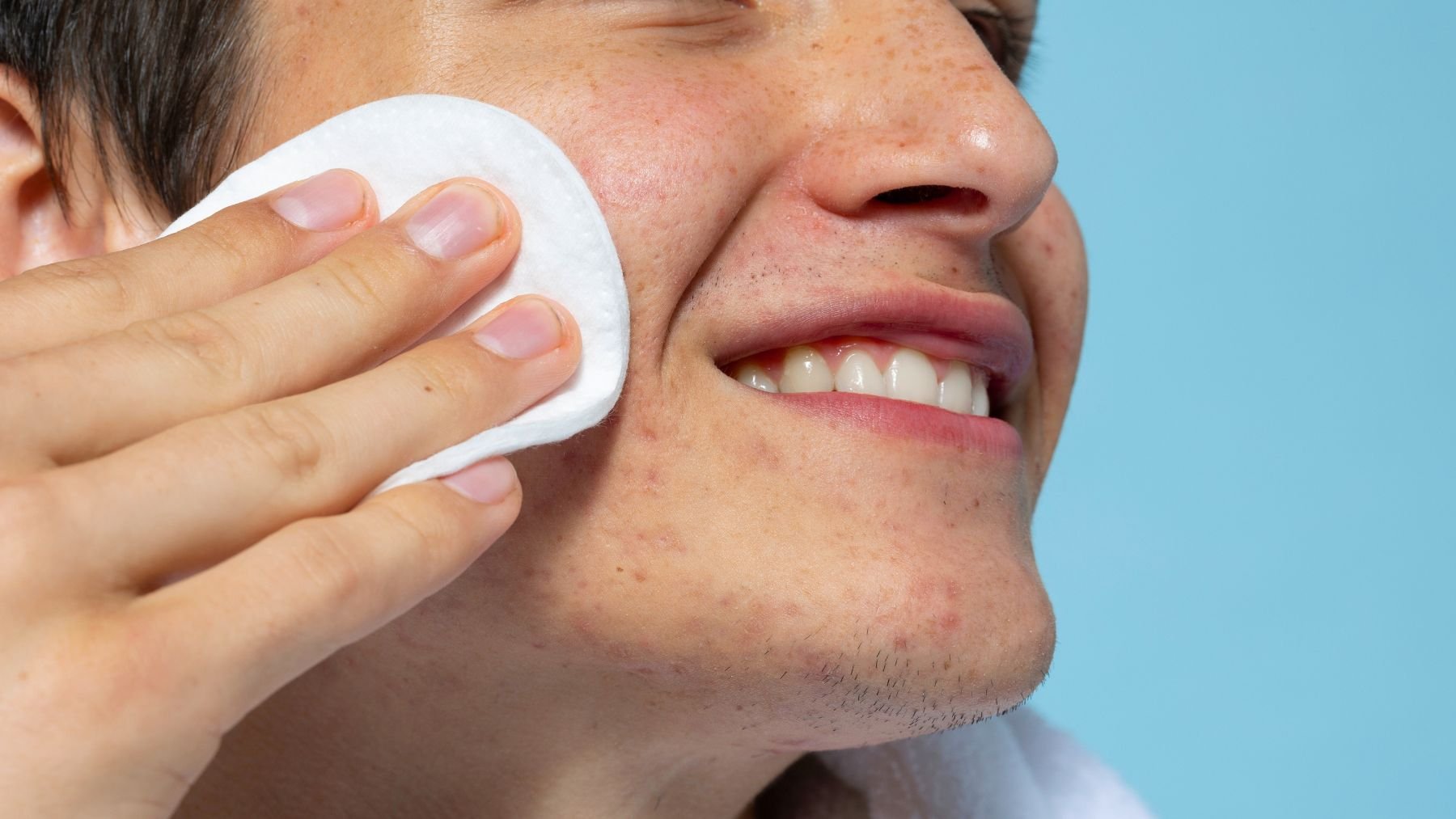Pimples are stubborn, often lasting days or even weeks despite creams, cleansers, or spot treatments. Now, researchers say they’ve developed a patch that can make breakouts disappear in just seven days, and it works without pain, irritation, or harsh side effects.
The study, published in ACS Applied Materials & Interfaces by a team led by Shayan Fakhraei Lahiji and Yong-Hee Kim, tested a new type of pimple patch that uses micro-spikes to deliver acne-fighting ingredients under the skin. In clinical trials, the approach didn’t just shrink pimples quickly but reduced oil production and inflammation, showing promise for both cosmetic and medical use.
A new technology for acne treatment
Traditional acne stickers usually sit on top of the skin. They absorb excess oil and sometimes include ingredients like salicylic acid or benzoyl peroxide, but they often fall short for deeper pimples, since they don’t penetrate past the surface layer.
The new patch is designed differently. Using a specialized 3D printer, the researchers created an array of arrowhead-shaped spikes that help the patch lock into place. These spikes, made from hyaluronic acid, dissolve into the skin within 30 to 90 minutes, carrying active ingredients directly to the affected area.
The treatment followed a two-step process. On the first day, participants used a patch containing antibacterial compounds, including salicylic acid and Cannabis sativa extract. For the next six days, they switched to patches with anti-inflammatory agents such as niacinamide and chamomile extract. This combination targeted acne-causing bacteria and soothed irritation.
The results were striking. By day three, participants saw an 81% reduction in acne lesions compared with untreated areas. By day seven, the treated pimples had disappeared completely.
The patches also lowered sebum levels, which play a major role in clogged pores and acne breakouts. Nearly 95% of participants reported being satisfied with the outcome, and none experienced pain or skin irritation.
The possibilities for this acne treatment
Acne is one of the most common skin conditions, affecting both teenagers and adults. Current treatments often include topical creams, oral antibiotics, or isotretinoin, all of which can come with side effects ranging from dryness to more serious risks. Over-the-counter patches are popular because they’re simple to use, but until now, they haven’t been as effective as prescription options.
What makes this new patch different is its precision. By physically delivering compounds below the skin barrier, it avoids the problems of creams that sit on the surface or pills that affect the whole body. The personalized design also helps it stay in place, addressing one of the biggest flaws of earlier microarray patches.
The researchers see this as just the beginning. Because the platform can deliver compounds directly into the skin, it could one day be adapted for other conditions, such as psoriasis, obesity, or even vaccine delivery. The fact that it’s painless and easy to apply makes it especially promising for everyday use outside a clinical setting.
According to the study authors, the patch is expected to launch in both South Korea and the United States in fall 2025. If widely adopted, it could offer people a fast, safe, and noninvasive way to manage acne without resorting to harsher treatments.

